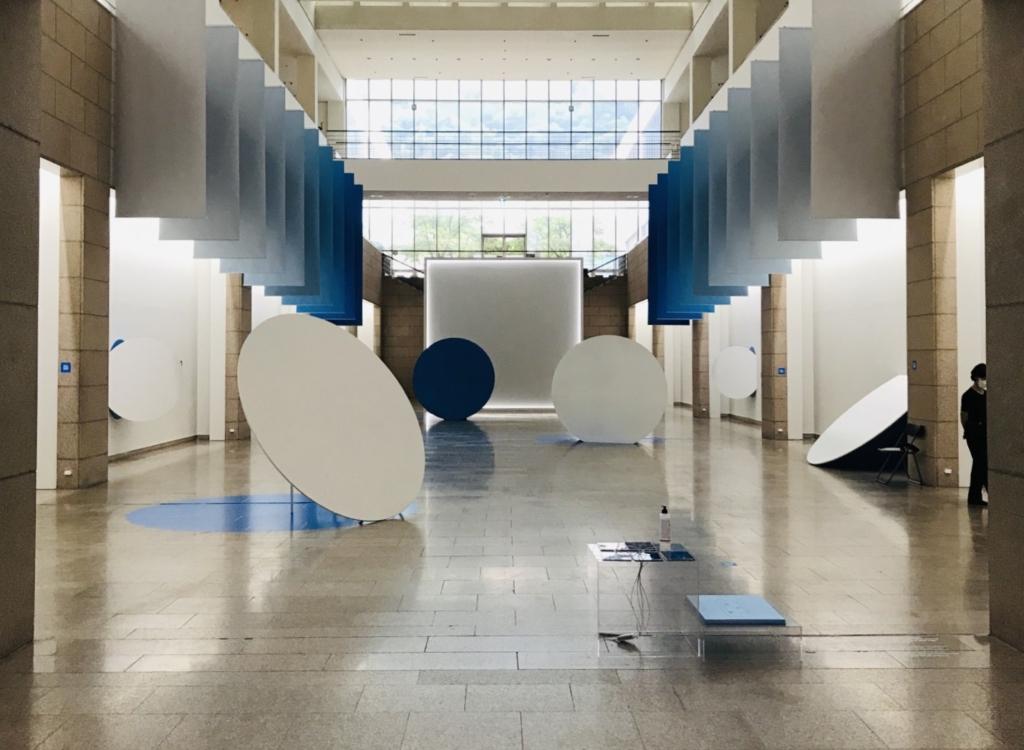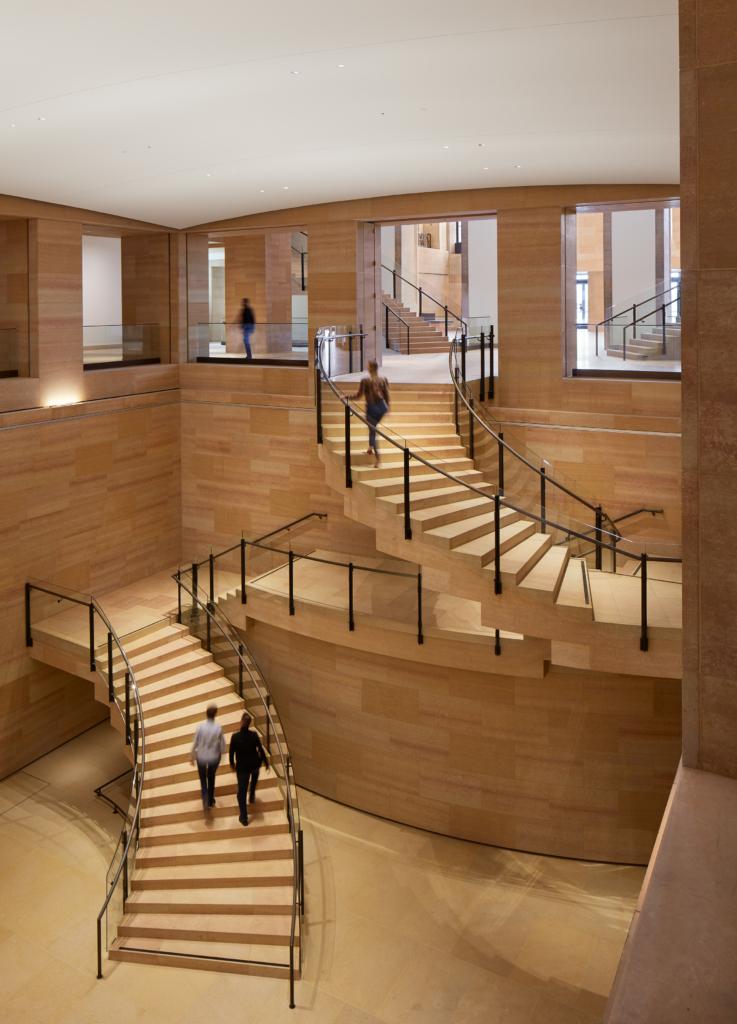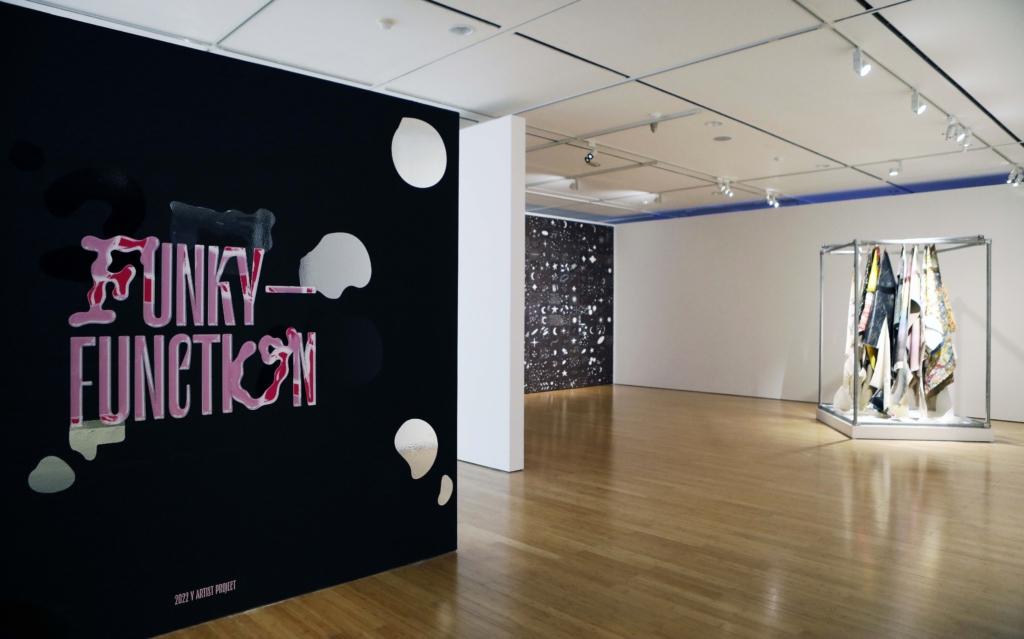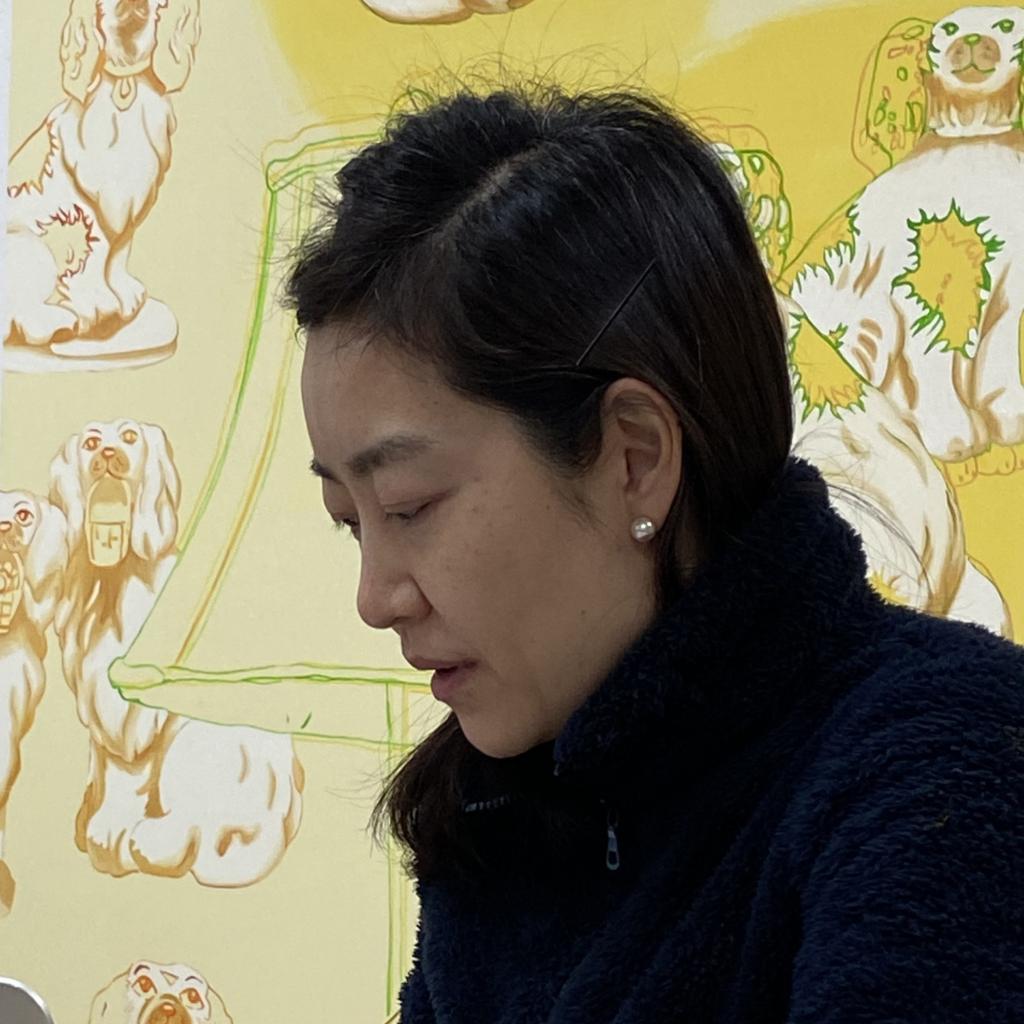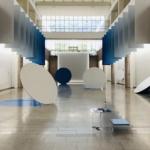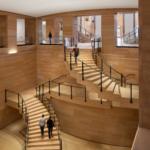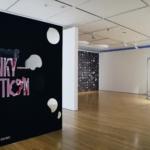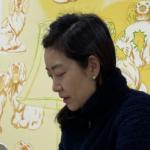Korea’s Minjung Art’s Yesterday and Tomorrow, "Vibration in a Polyhedral Labyrinth" at the ACC
Korea has gone through tumultuous changes in its modern history, including long years of Japanese rule, liberation, national division, and military dictatorship. There was a growing movement among people to realign this history’s cultural legacy and raise a critical voice in society. This trend has gotten even bigger after the rise of new military forces in the late 1970s and the Gwangju Democratic Uprising in May 1980.
Around this time, many young artists began to actively participate in social movements, leaping out of their studios to create large murals, hang pictures for protest sites, or make prints that could be easily distributed to many people. There was also a growing desire to reject Western influence and build Korea’s own modern art through traditional Korean culture. These socio-political artworks developed into Minjung Art, which has become an important part of Korean modern art history.
The Asia Culture Center in Gwangju, Korea, has opened Vibration in a Polyhedral Labyrinth for its special exhibition to review the development of the Minjung art movement, examine its influence on contemporary artists, and predict where the future direction of this socio-political art movement will take us.
With works of art that reflect social issues that happened from the democratization movement in the 1980s to the present, the exhibition is comprised of two parts, with thirty-eight works by twenty-two artists.
The first part looks into the history and meaning of Minjung art through the works of artists who played a key role in shaping the Minjung art movement. The artworks depict the people’s struggle and desire for democratization, the reunification of the country, and the labor movement against dictatorship in the 1980s and 1990s.
Ten artists, including Shin Hakchul, Oh Yoon, Lim Oksang, and Hong Sung-dam, are featured in the exhibition as some of the most representative Minjung artists.
The second part of the exhibition presents contemporary works that have been directly or indirectly influenced by Minjung art. This section introduces artists who have been working with conceptual post-Minjung art since the 2000s and artists who touch on various social problems in the rapidly changing nation since 2010.
In particular, this section exhibits artworks that reflect various social phenomena, such as climate crisis, environmental pollution, epidemics, wars, urban environments, migrant workers, informatization, popular culture, and the surveillance society.
The exhibition features Na Hyun, who talks about the relationship between humans and nature, Roh Hyuntark, who combines historical events with popular culture in his paintings, Sungsil Ryu, best known for her video work which exaggerates and satirizes the phenomenon that occurs when indigenous Korean culture and neoliberalism are blended in the form of a black comedy, Moon Sohyun, who depicts human anxiety and desires through drawings, videos, installations, and stop motion animations, Sangbin Parc who works on installations with waste plastics and vinyl resins to represent today’s industrialization and mechanization, Park Eun-Tae, who paints marginalized workers, Lee Se Hyun, who expresses monumental stones in historical places through photography, Lee Wonho, who talks about the real estate issues happening in Korea, Jin Kyung Lee, who creates landscape paintings with photography with the image of garbage piles, Yonghyun Lim, who compares invisible power to the Sewol Ferry incident, Jeoungtae Cho, who paints the weary life of today’s people, and Tuna Lee, who redevelopment sites with photographs, collect construction waste and creates objects and installations using photographs and found materials.
Vibration in a Polyhedral Labyrinth is on view through August 15, 2022.
Aproject Company. Co., Ltd | Founder & CEO : Jay Jongho Kim
216 Dosan-Daero, B2F, Gangnam-gu, 06047 Seoul, Korea
Business Number : 894-88-01945
Contact : aproject.company@gmail.com
Mail-order-sales registration number : 제 2021-서울강남-04243 호























